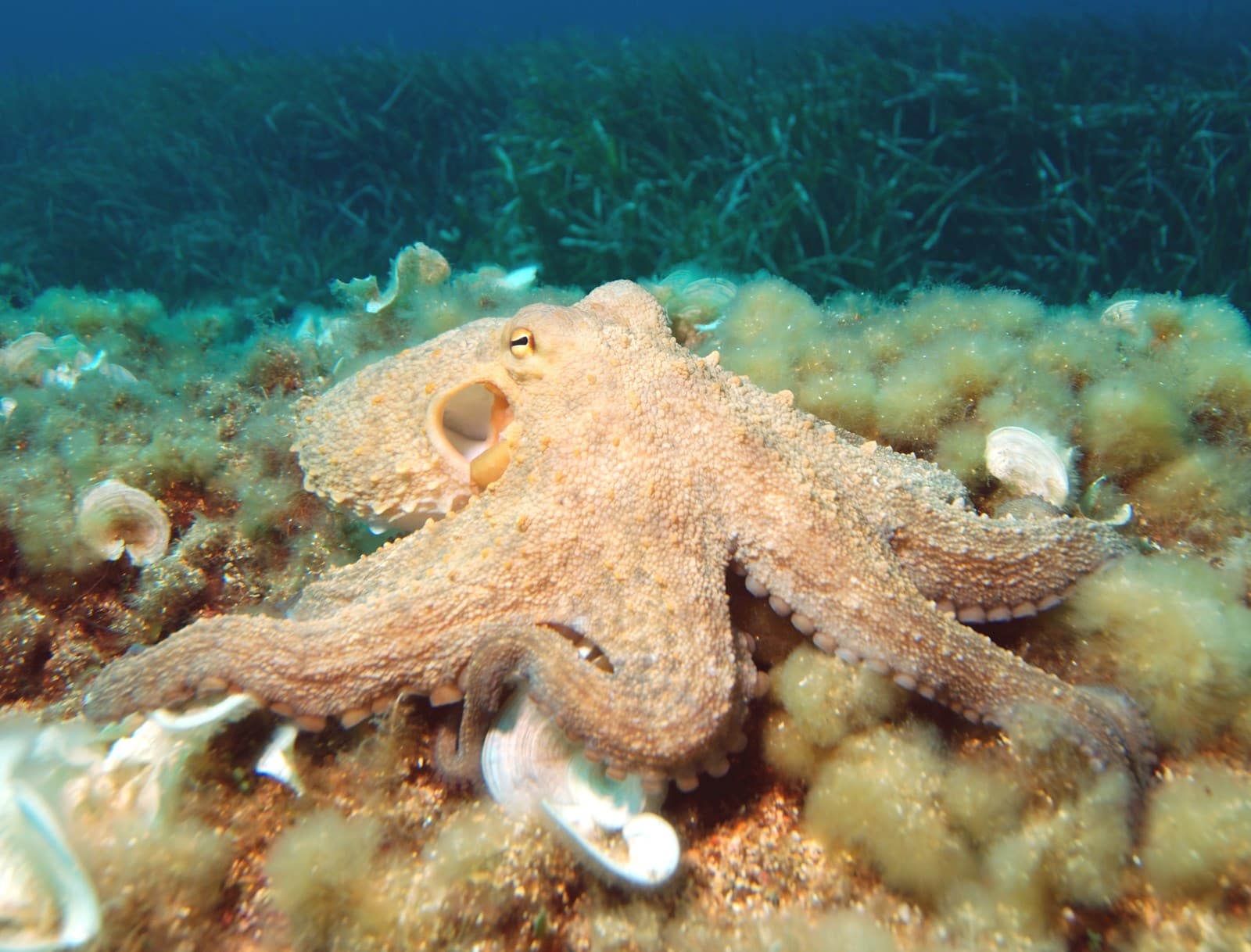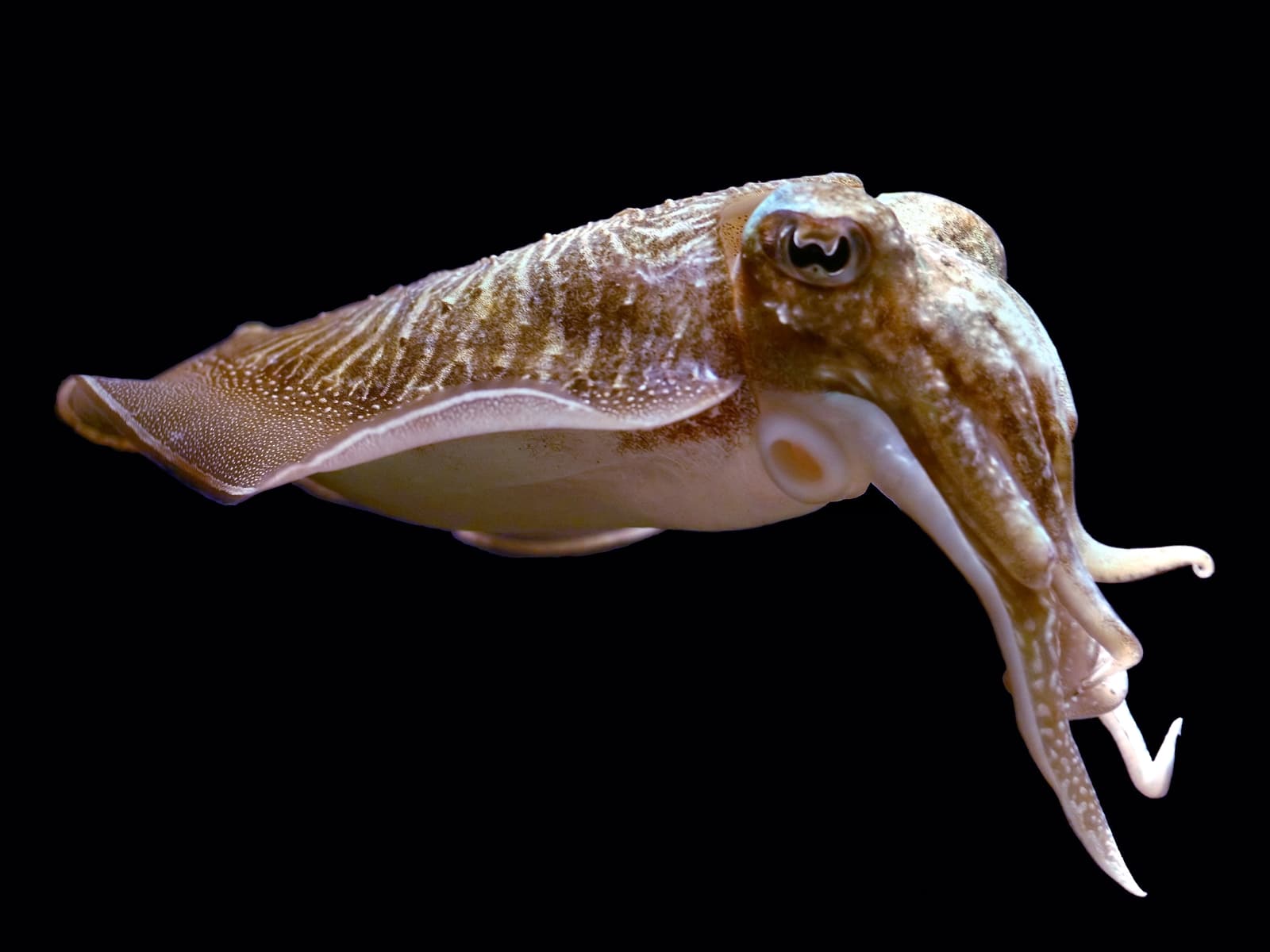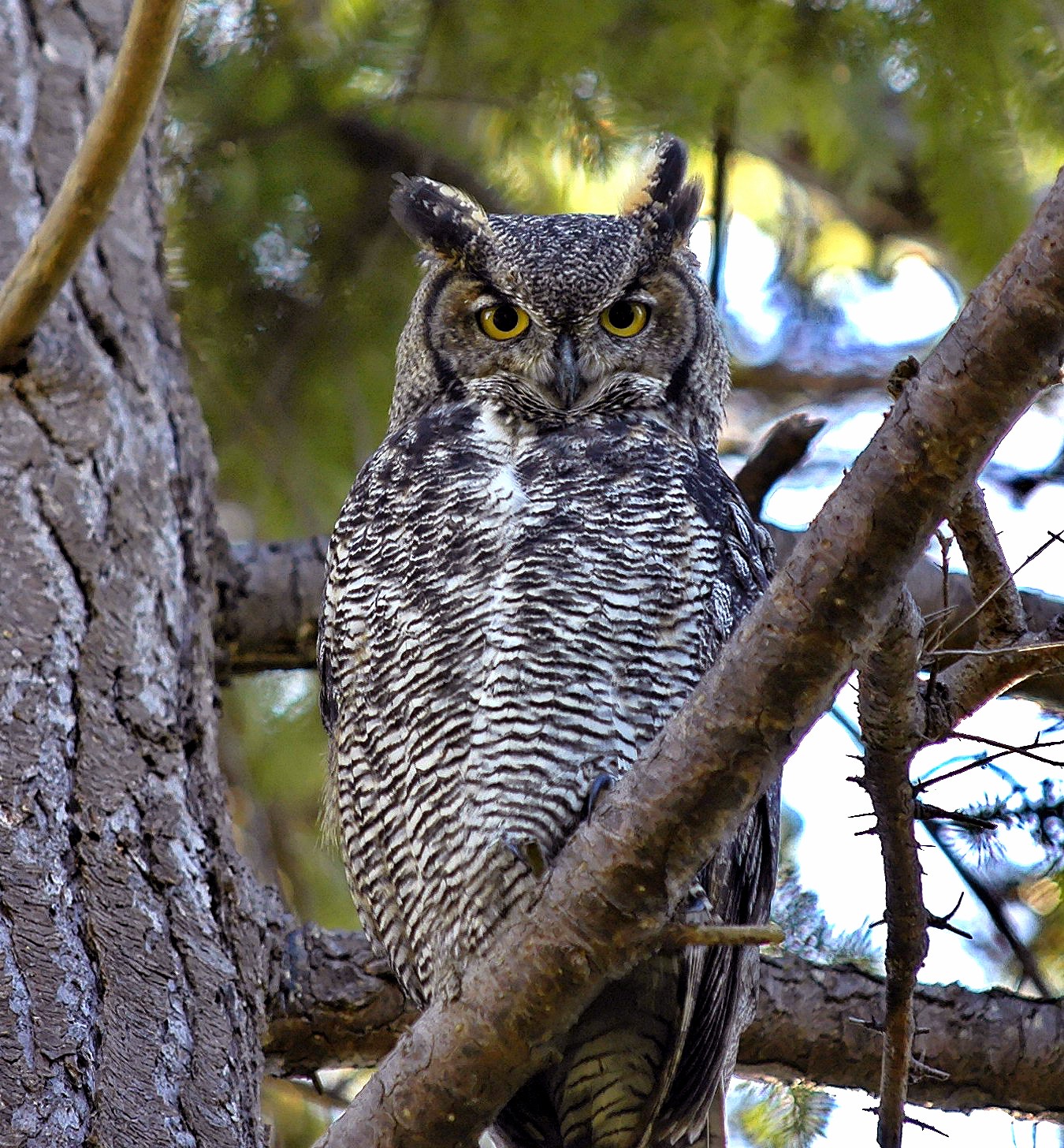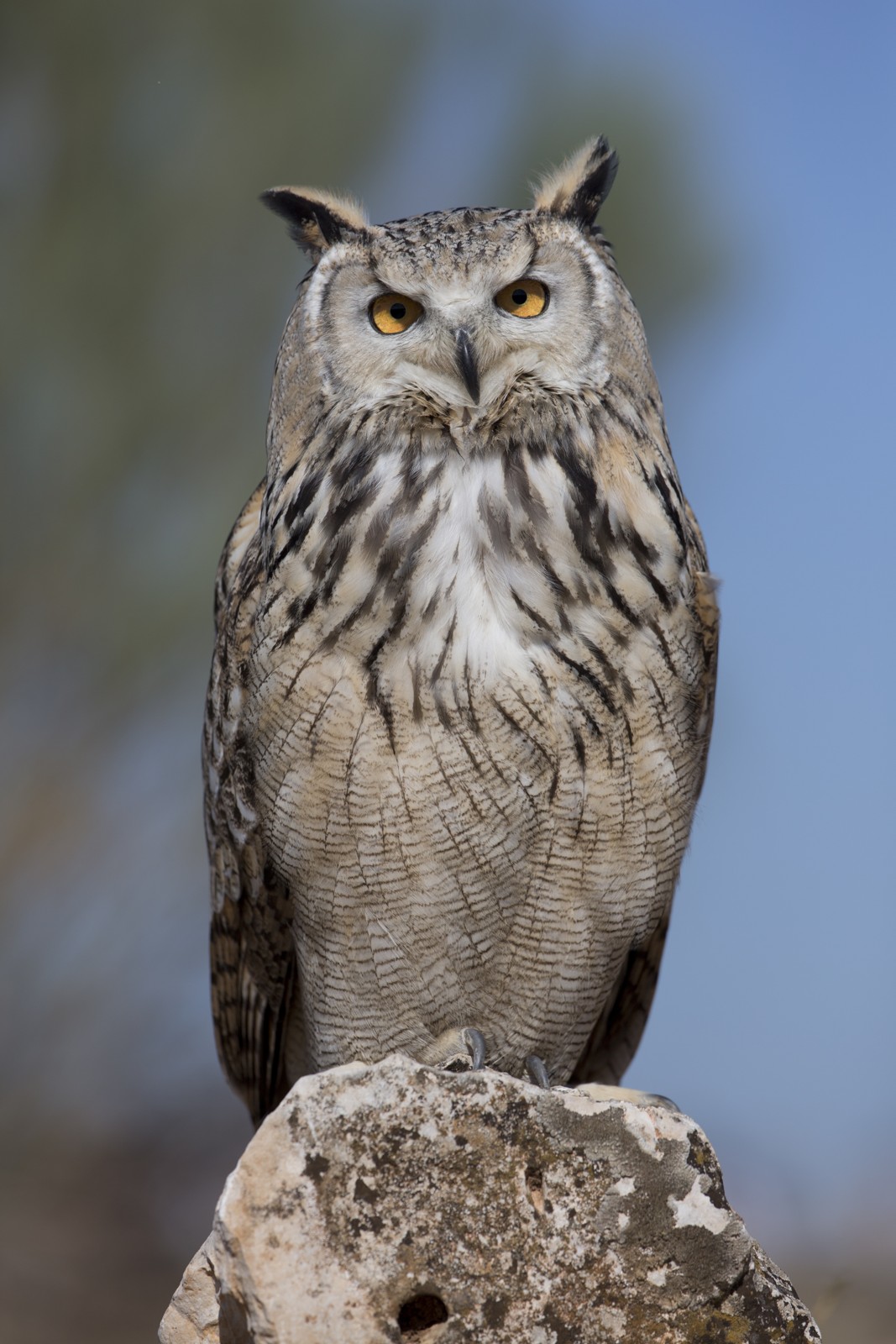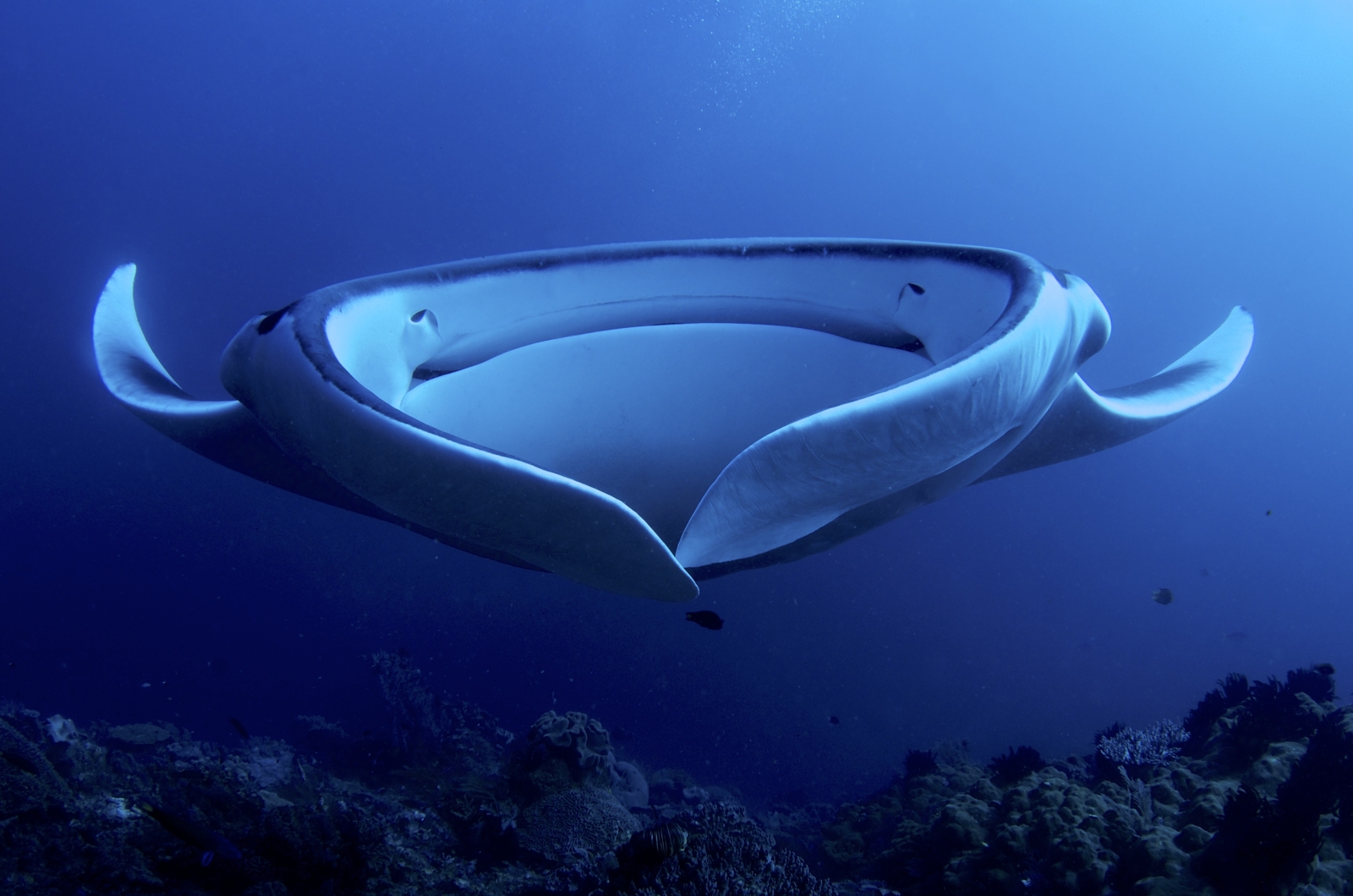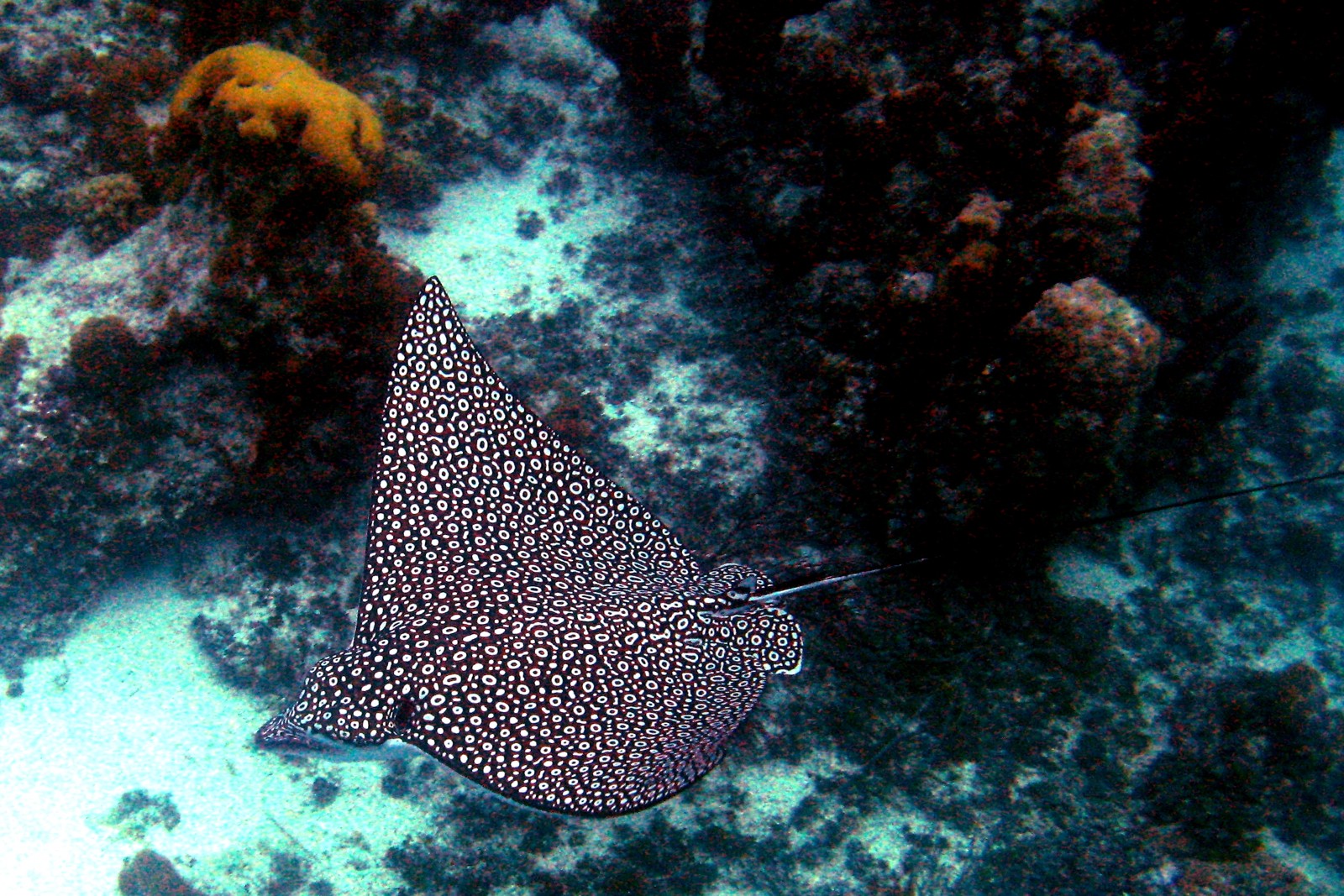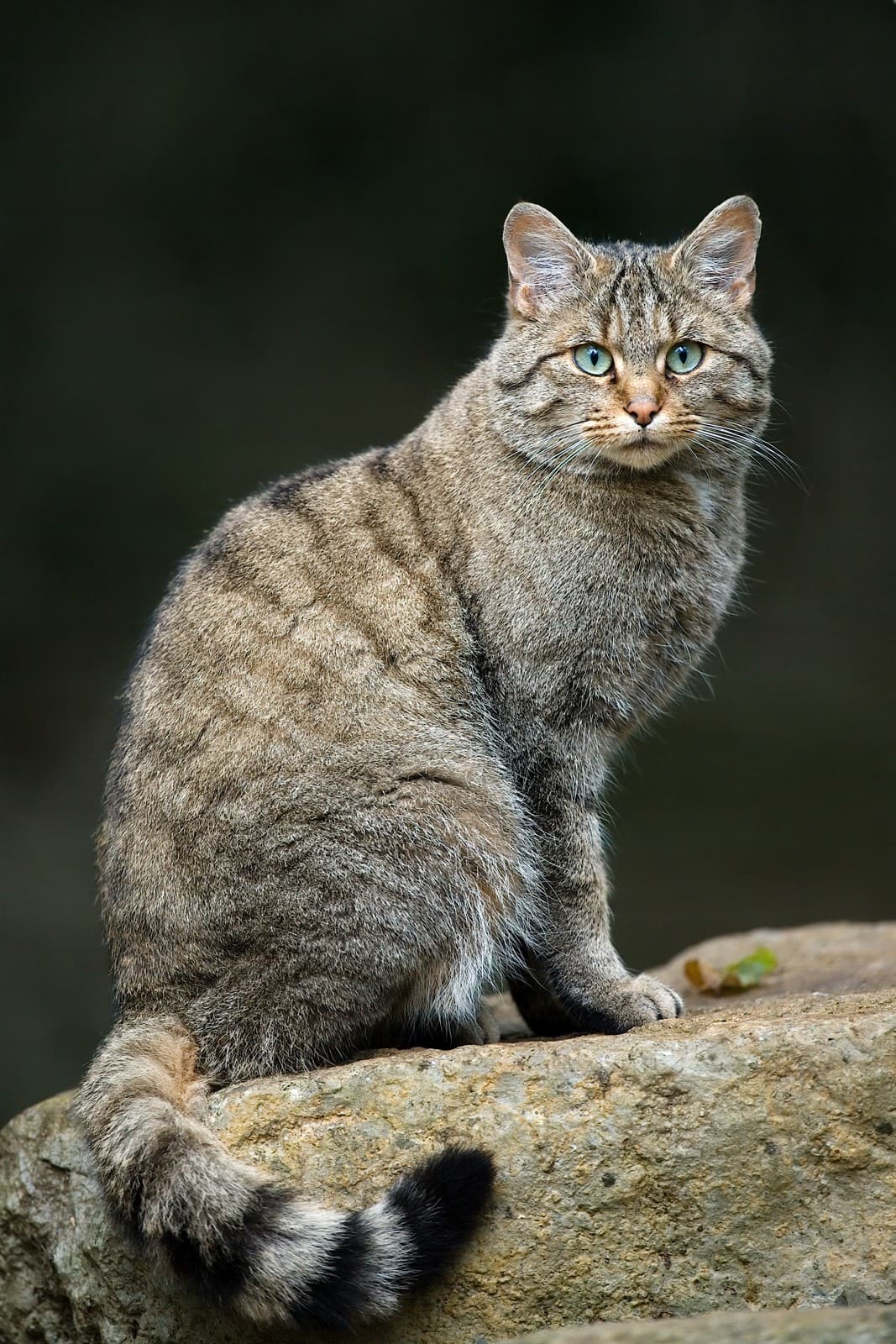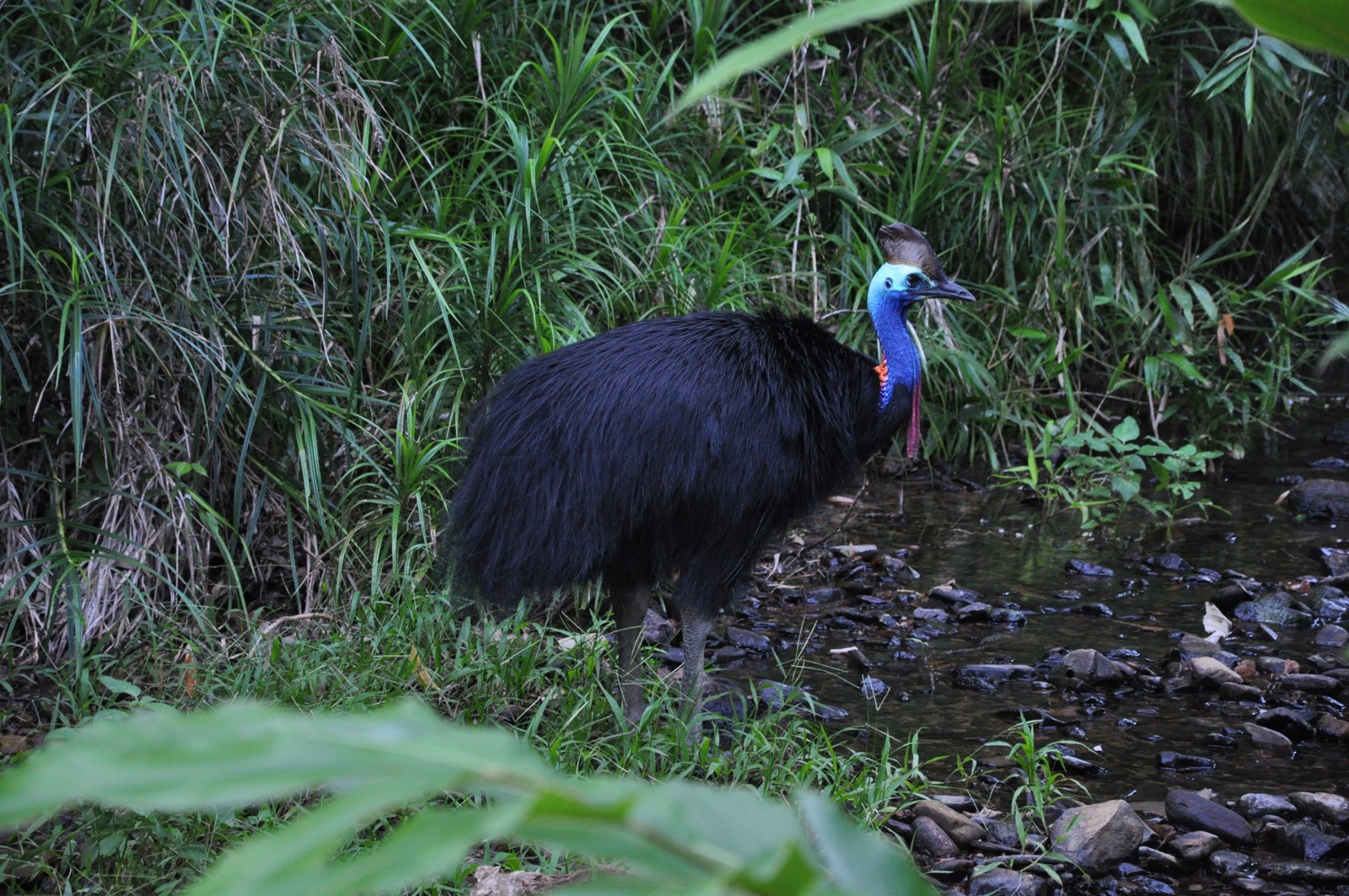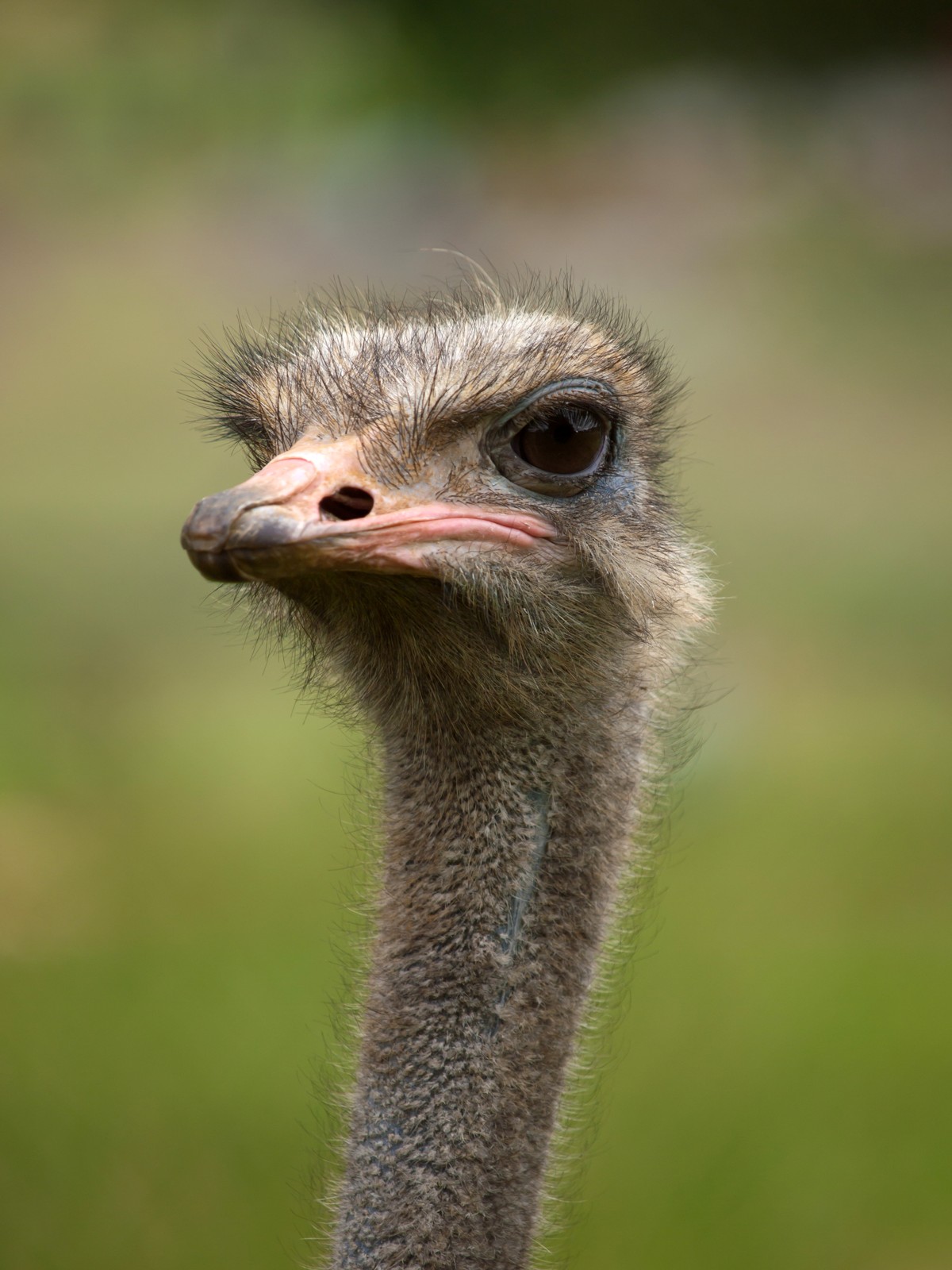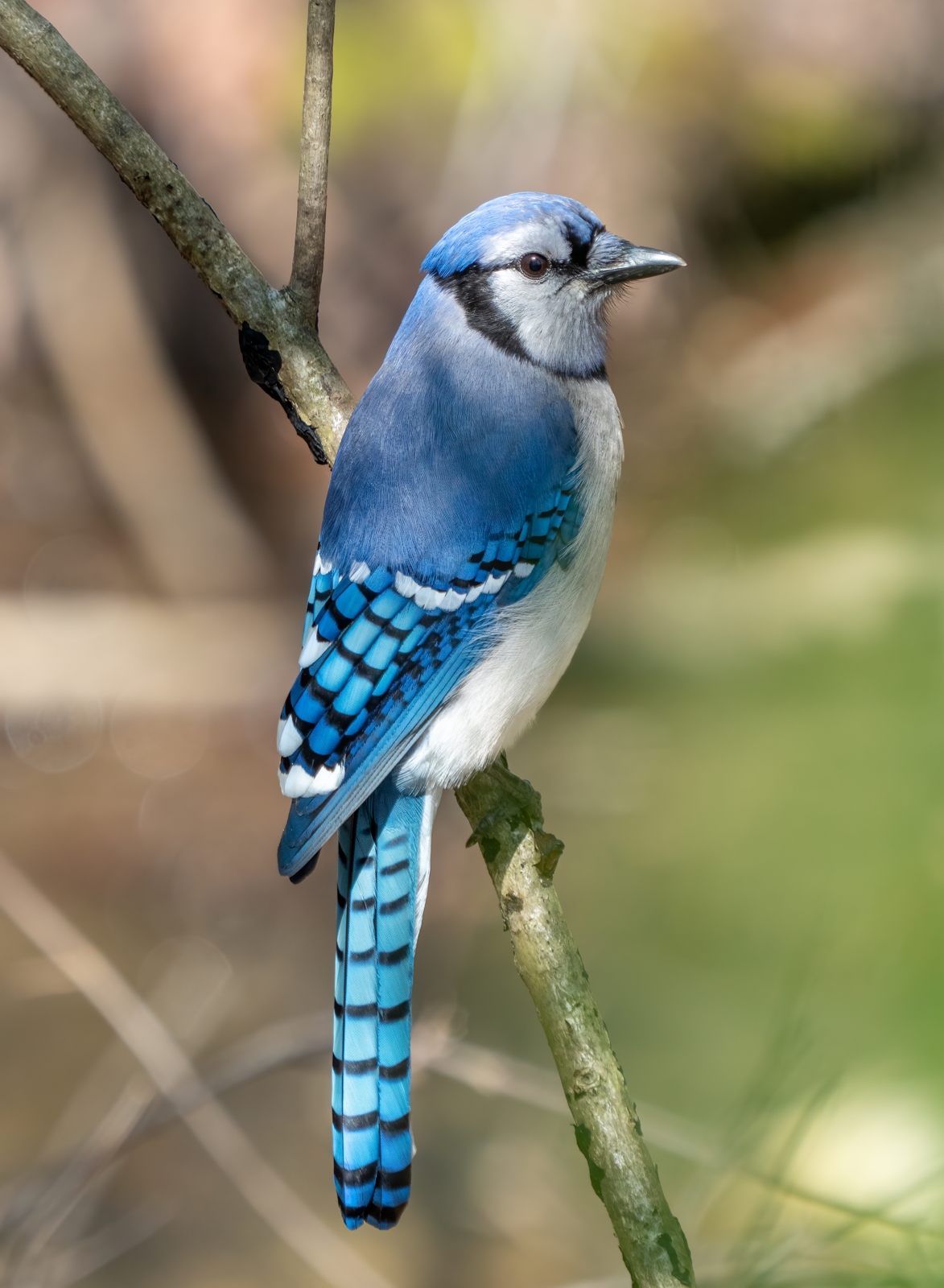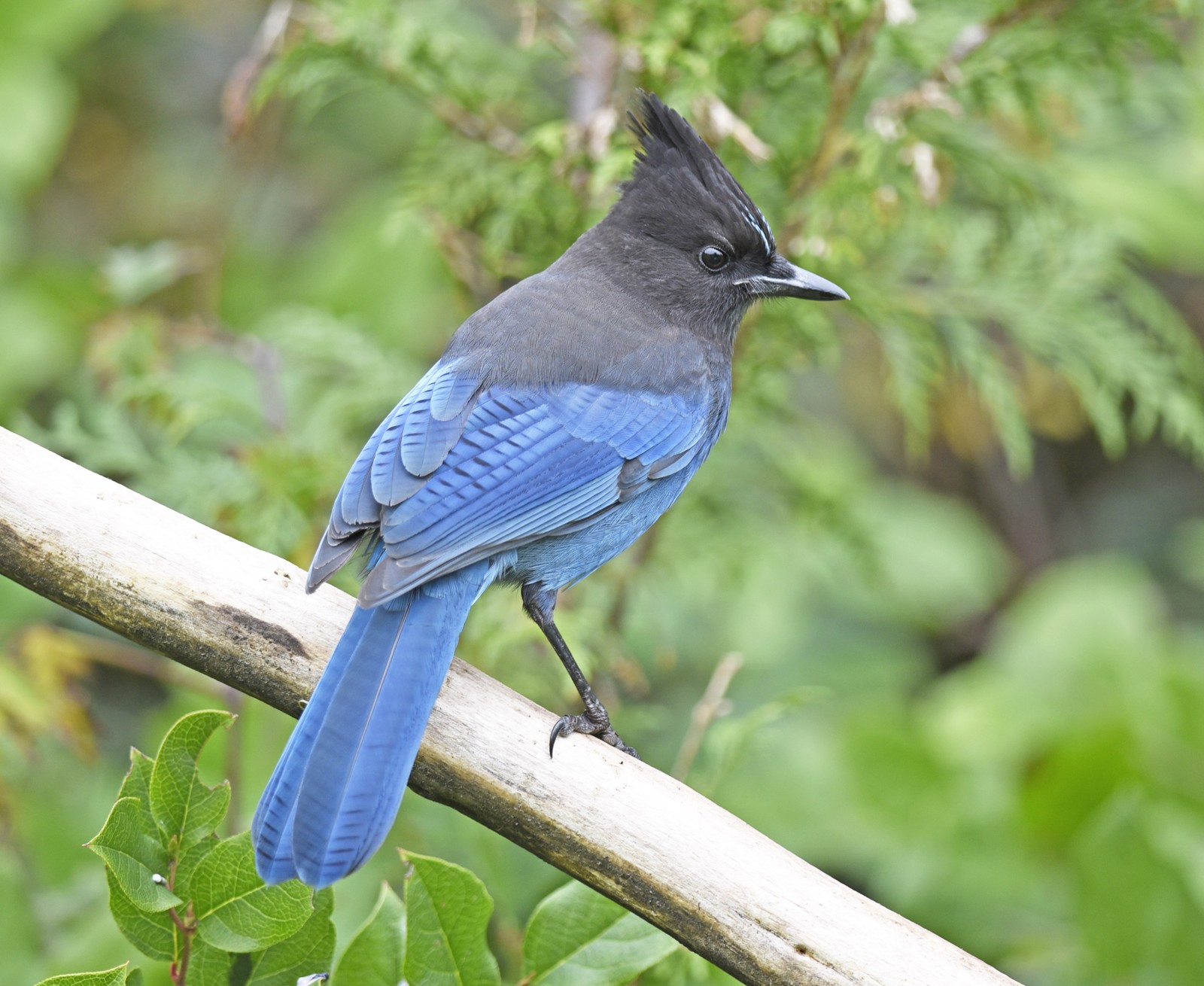Octopus vs Squid: A Complete Comparison
While octopuses and squids are both remarkable cephalopods, they differ significantly in anatomy, behavior, and intelligence. Octopuses possess eight arms and no tentacles, while squids feature eight arms plus two specialized tentacles for hunting. The giant Pacific octopus can reach weights of up to 110 pounds (50 kg), compared to the colossal squid which can grow to an astounding 1,100 pounds (500 kg).
These fascinating creatures have evolved distinct strategies for survival in the ocean’s depths. Octopuses are masters of camouflage, capable of changing both color and texture in milliseconds, while squids rely more on speed and agility, using jet propulsion to reach speeds of up to 25 mph (40 km/h).
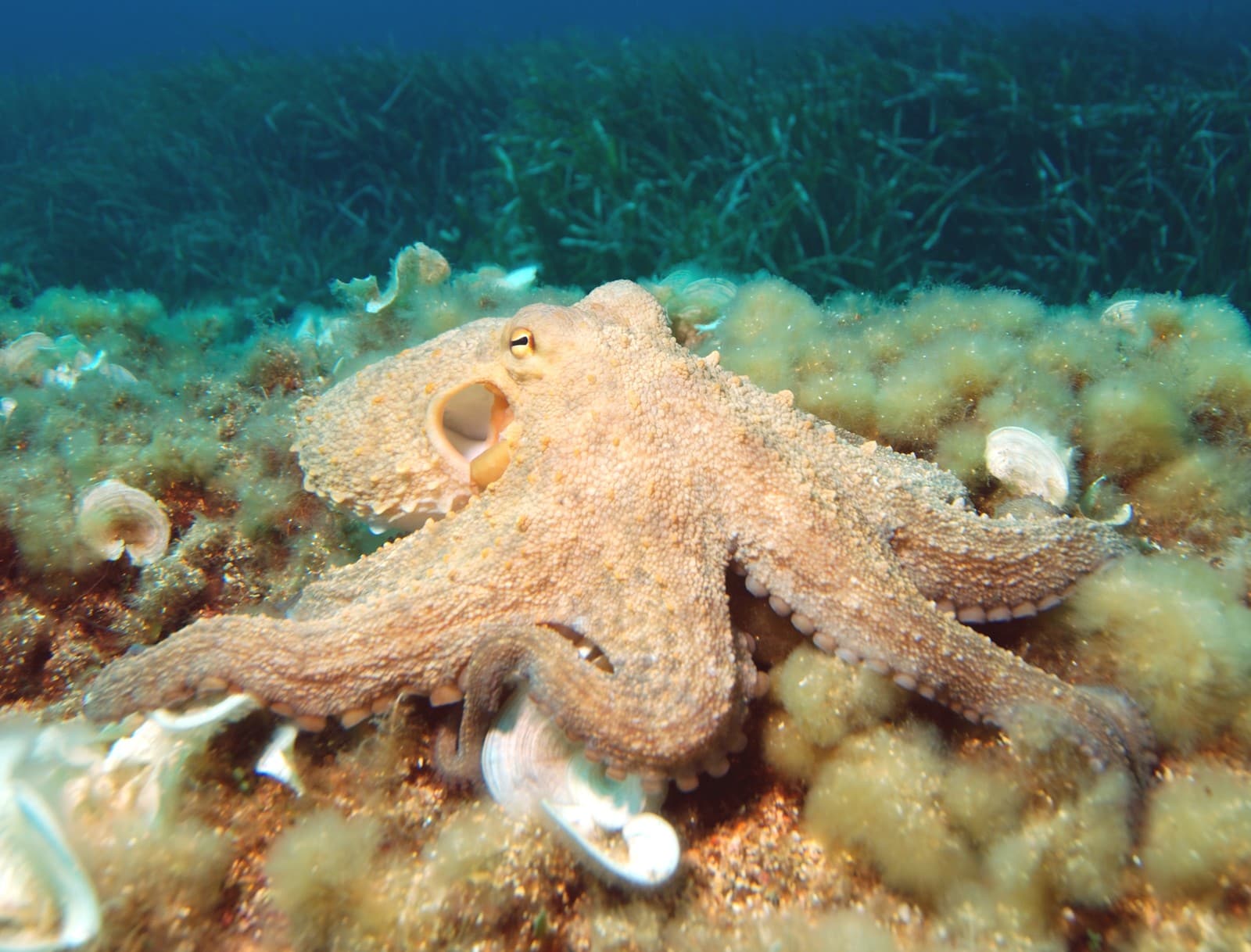
© albert kok / CC BY-SA 3.0
The common octopus demonstrates the incredible camouflage abilities that set octopuses apart from their squid cousins. Notice how its specialized skin cells create perfect texture matching with the surrounding reef environment.
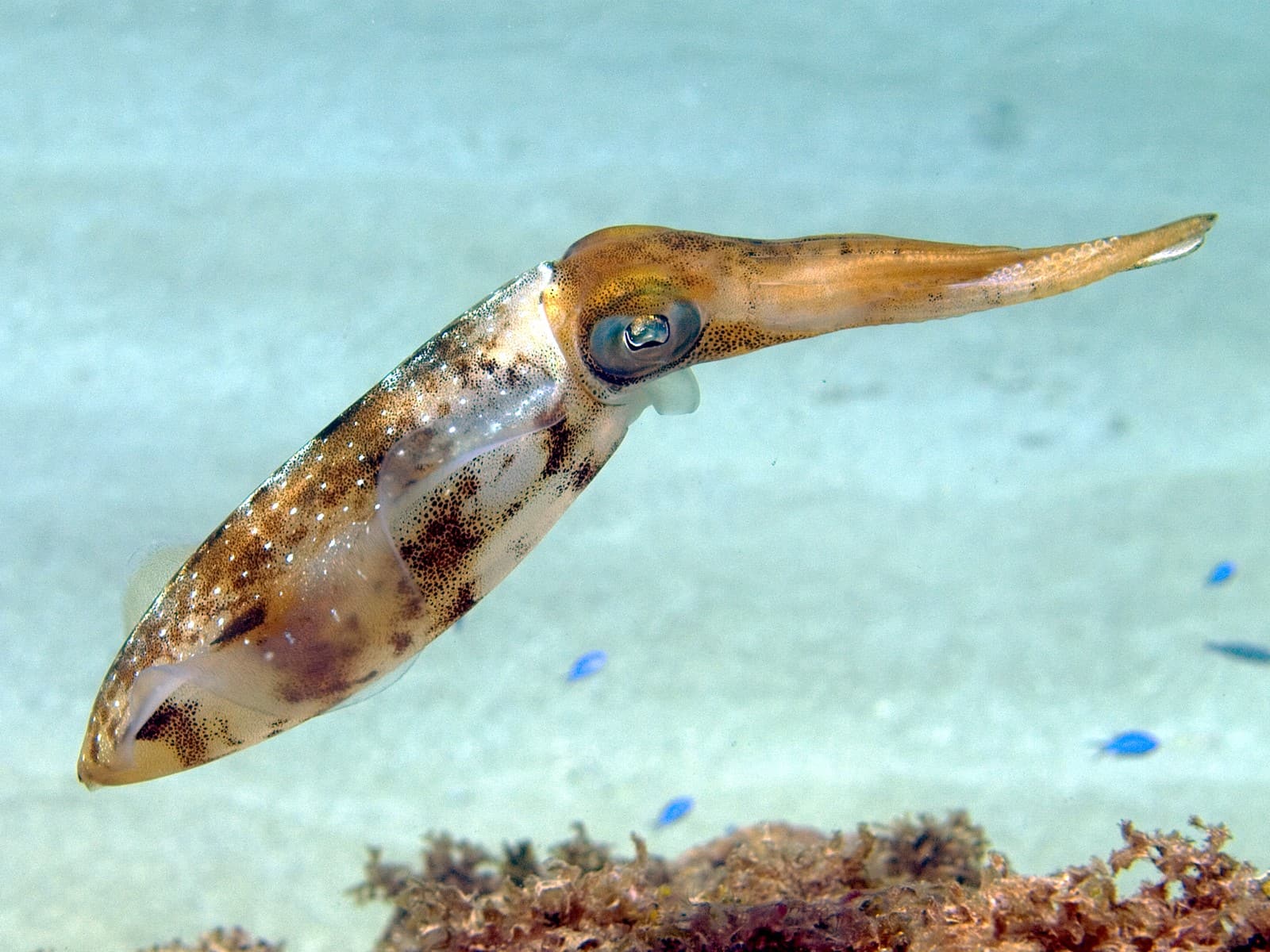
© Nhobgood Nick Hobgood / CC BY-SA 3.0
This Caribbean Reef Squid exhibits the streamlined body shape and distinctive tentacles characteristic of squid species, perfectly adapted for swift movement through open water.
Key Anatomical Differences
| Feature | Octopus | Squid |
|---|---|---|
| Arms/Tentacles | 8 arms only | 8 arms + 2 tentacles |
| Body Shape | Round, soft body | Elongated, torpedo-shaped |
| Size Range | 1 inch to 16 feet (2.5 cm to 4.9 m) | 1 inch to 43 feet (2.5 cm to 13 m) |
| Habitat | Bottom-dwelling, reef-associated | Open water, pelagic |
| Swimming Style | Crawling, short bursts of swimming | Continuous swimming, jet propulsion |
| Intelligence | Higher problem-solving abilities | Less complex behavior patterns |
Habitat and Behavior
Octopuses are primarily bottom-dwellers, making their homes in coral reefs, rocky outcrops, and even the deep sea. They’re solitary creatures, known for their remarkable problem-solving abilities and tool use. Their flexible bodies can squeeze through openings as small as a quarter, despite their size.
Squids, conversely, are open-water swimmers that often travel in schools. They’re built for speed and agility, using their fins and jet propulsion to navigate the water column. Many species participate in daily vertical migrations, moving deeper during daylight hours and rising to surface waters at night.
Intelligence and Hunting Strategies
Octopuses demonstrate remarkable intelligence, with the ability to solve complex puzzles, open jars, and even use tools. They’ve been observed carrying coconut shells as portable shelters and using discarded bottles as homes. Their problem-solving capabilities rival those of some vertebrates.
Squids rely more on coordinated group hunting strategies. They use their two specialized tentacles to snatch prey from a distance, while their eight arms help to manipulate and consume their catch. Many species also possess bioluminescence, which they use for communication and hunting in deeper waters.
Who Would Win in a Fight?
In a theoretical matchup between similarly-sized octopus and squid, several factors come into play:
- Octopuses have stronger arms and superior grip strength
- Squids possess greater speed and maneuverability
- Octopuses demonstrate better problem-solving abilities
- Squids have longer reach with their tentacles
While squids have the advantage of speed and range, an octopus’s superior intelligence and stronger grip typically give it the edge in close-quarter encounters. However, such confrontations rarely occur in nature as these species generally occupy different ecological niches.
Conservation Status
Both octopuses and squids face increasing threats from ocean acidification, pollution, and commercial fishing. Rising ocean temperatures are affecting their breeding patterns and habitat availability. Some species, particularly deep-sea dwelling varieties, remain poorly understood by scientists, making conservation efforts more challenging.
Understanding the differences between octopuses and squids isn’t just academic – it’s crucial for marine conservation efforts and maintaining healthy ocean ecosystems. These remarkable creatures continue to surprise researchers with new discoveries about their behavior, intelligence, and adaptation capabilities.
